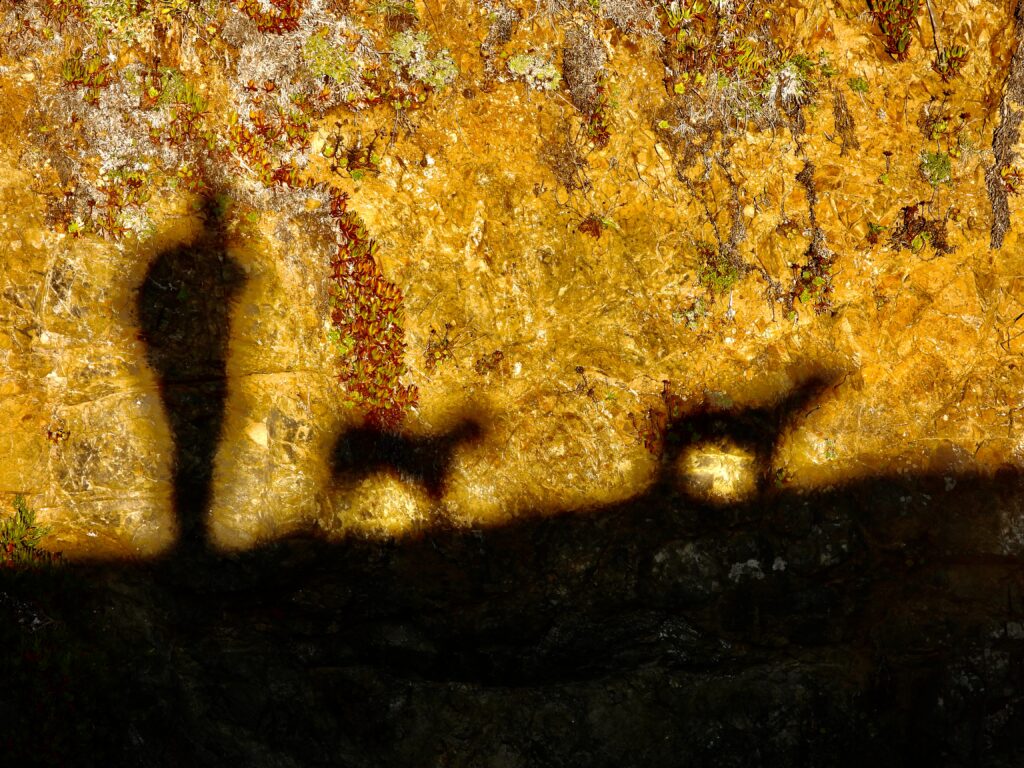Naked Man in a Cave: Should I Be Concerned ? Woolly Worms Say Winter’s Coming & More
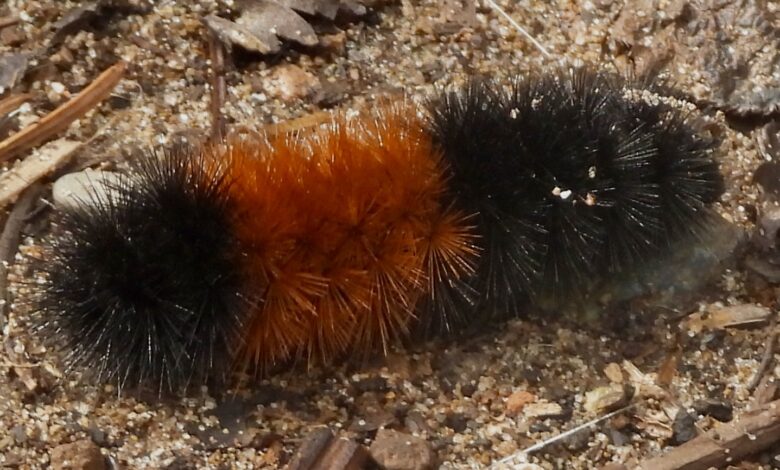
There was a naked, middle-aged man in a cave below Pine Beach Inn—on a beach so hard to reach, most folks wouldn’t even know it’s there. I hesitate to write this, knowing someone will find a reason to bash me. But I’ve called in plenty over the years: a woman lunging at my car in the middle of the road, two sets of abalone poachers, a guy pushing a shopping cart down the center of Highway 1 on a blind curve near Westport.
This time, I was torn. The dogs were barking from the cliff, fixated on something strange and pink in the distance. I grabbed the Nikon P1000, zoomed in, and there he was—clear as day.
He didn’t look like a guy casually sunbathing in the nude. More like someone on a trip—maybe psychedelic, maybe existential. He was squatting near the cave, surrounded by empty cans and signs he’d been there a while. I felt concerned. He seemed strong enough to climb out, but something about the scene unsettled me—not just for him, but for anyone who might stumble across it.
It’s hard to know what to do these days. No one else was likely to see him down there, and I figured someone should know. I wasn’t about to share any identifiable photos. Just… odd. Maybe he’s homeless. Maybe he found the most inaccessible place on earth to take a bath—on a rocky beach with pounding surf.
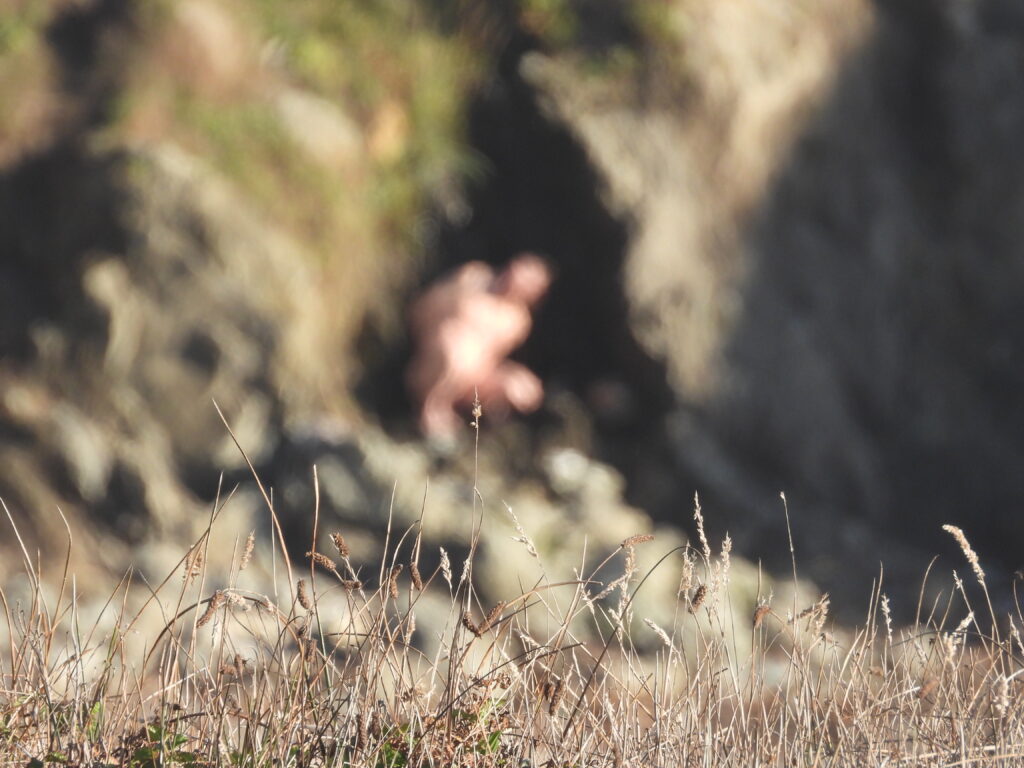

I didn’t have my phone on me, and it didn’t feel like a police call. Or maybe I was wrong. The world’s gotten so strange lately, it’s hard to know what warrants action. If someone’s missing, I do have a clear face photo I could share privately—and maybe someone should check the area in the morning. I can give directions. It’s remote, but not impossible to reach.directions.
We don’t usually publish stories like this, but I felt compelled to share it—criticism be damned. What would you have done in my shoes?
But I didn’t want this to be all cave and concern. There was plenty of good stuff yesterday, too. The photos have cutlines that tell those stories—small joys, local wonders, and a few surprises. And don’t miss the video. It’s worth a watch.
Caesar, our gigantic 8-month-old puppy, reminded us he’s still just a kid when he discovered a woolly worm in the front yard. For a full hour, he played elaborate fantasy games with it—barking, leaping, retreating, and circling like it was a mythical beast. The Great Pyrenees in him must bless him with a longer attention span for such drama.
He never hurt the worm. Over and over, he placed his paw gently beside it, caught up in his imaginary saga, but never squished it. Flying insects, though? He tries to flatten those on sight.
It’s Woolly Bear—or Woolly Worm—season again. These fuzzy caterpillars have long been credited as weather forecasters, thanks to the Farmer’s Almanac and a slew of old husbands’ tales. More black means a colder winter, more brown suggests a milder one.
It’s an American myth, likely rooted in colonial times, but it really took off in the 1940s when a scientist studied the phenomenon and spoke about it in a way that sounded… convincing. Supposedly, a news article muddled the findings, and the legend snowballed. Fake news was rarer back then—people had more time to think, and information moved at the slow, deliberate pace of print.
The thing is, the banding does vary with weather, most scientists agree. But the science points to moisture, not temperature. A lush, wet year affects the caterpillar’s coloring—not whether a brutal winter is on the way.
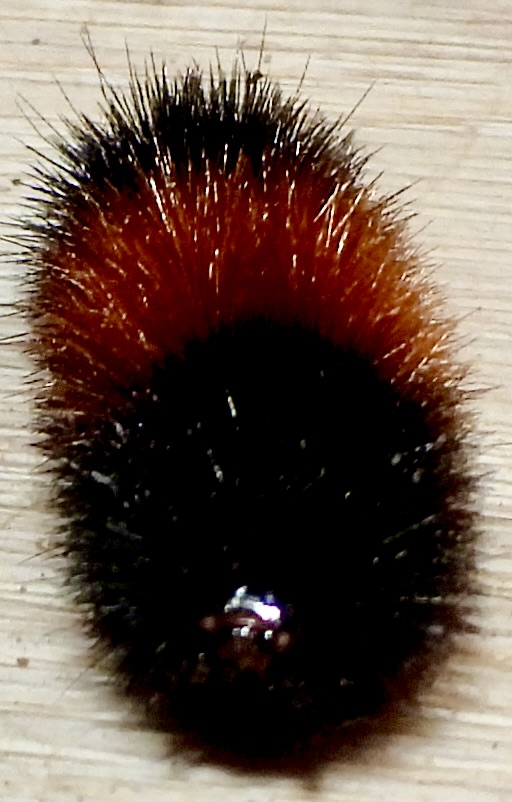
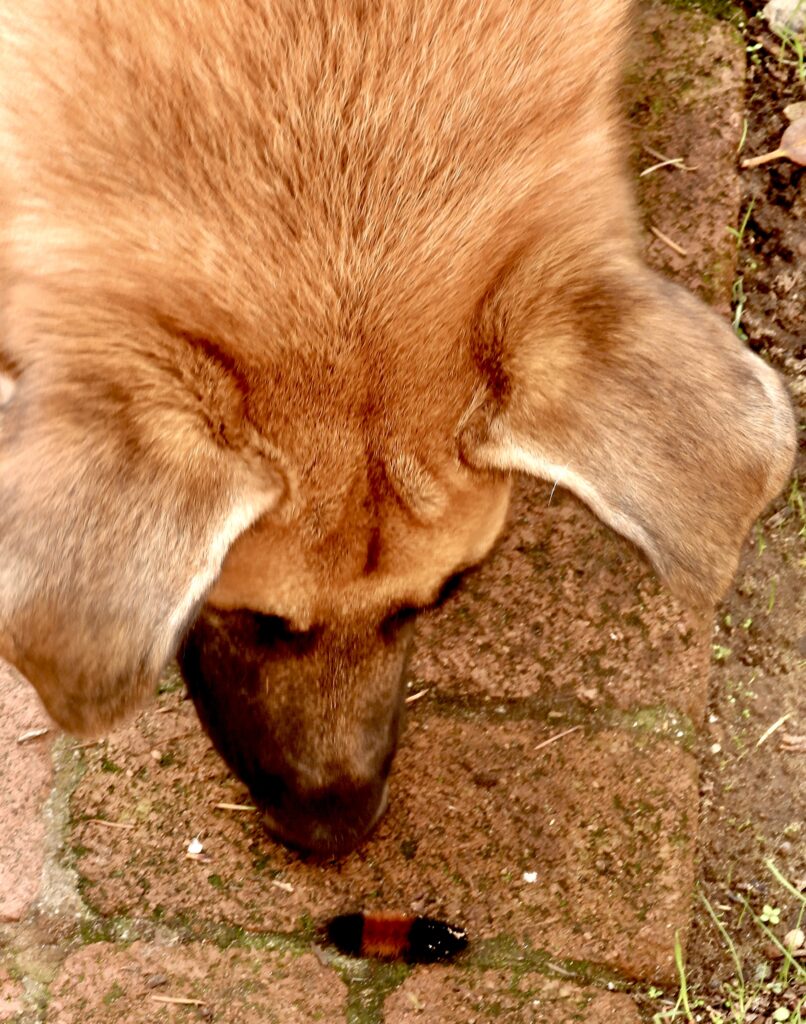
These caterpillars have been everywhere my whole life—from childhood in New Jersey to Gloucester, Mass. They’re ubiquitous there, here, and in most places in between. You’d think they were the only caterpillar that ever existed.
The Woolly Worm is like a Shirley Temple child star—adorable in youth, a bit unhinged in adulthood. Its grown-up form, the Isabella Tiger Moth, lives fast and briefly, fluttering out only at night. That frantic moth banging its head against your porch light? That’s her.
Unlike many moths and butterflies that lay eggs where their young can hibernate, the Isabella Tiger Moth is more chaotic. Her offspring—the woolly worms—have to hoof it across the landscape, searching for a winter hiding spot like tiny, fuzzy nomads.
Woolly worms have 13 segments, and according to folklore, each one corresponds to a week of winter. The lighter brown bands are said to predict milder weeks, while the darker black ones signal cold and snow. It’s a charming bit of weather lore—part Farmer’s Almanac, part playground prophecy. Whether it holds up to science is debatable, but the myth persists, crawling steadily through generations like the caterpillar itself.
2025-2026 Wooly Worm Forecast with Judy Fraser
Marcel paints!

Kung fu fighter!

Last week, I had to chase off someone driving on the beach. Launching a boat?
Sure, that’s allowed. But this guy was just exploring, no boat in sight. Not cool.
OK, I was surprised to find out who they were

As they walked away, I called out, “Why are you doing this?” Only then did I learn they were Mormon missionaries.



He wasn’t quite wary enough of the dogs, though. That part made me nervous.
One thing many environmentalists overlook is how remarkably adaptable animals can be—especially the higher ones. They don’t just survive change; they often find ways to thrive in it.

I walked over to see what the fuss was about—and there he was. A naked guy, acting pretty weird. Not what I expected to find in the middle of a coastal reverie.
